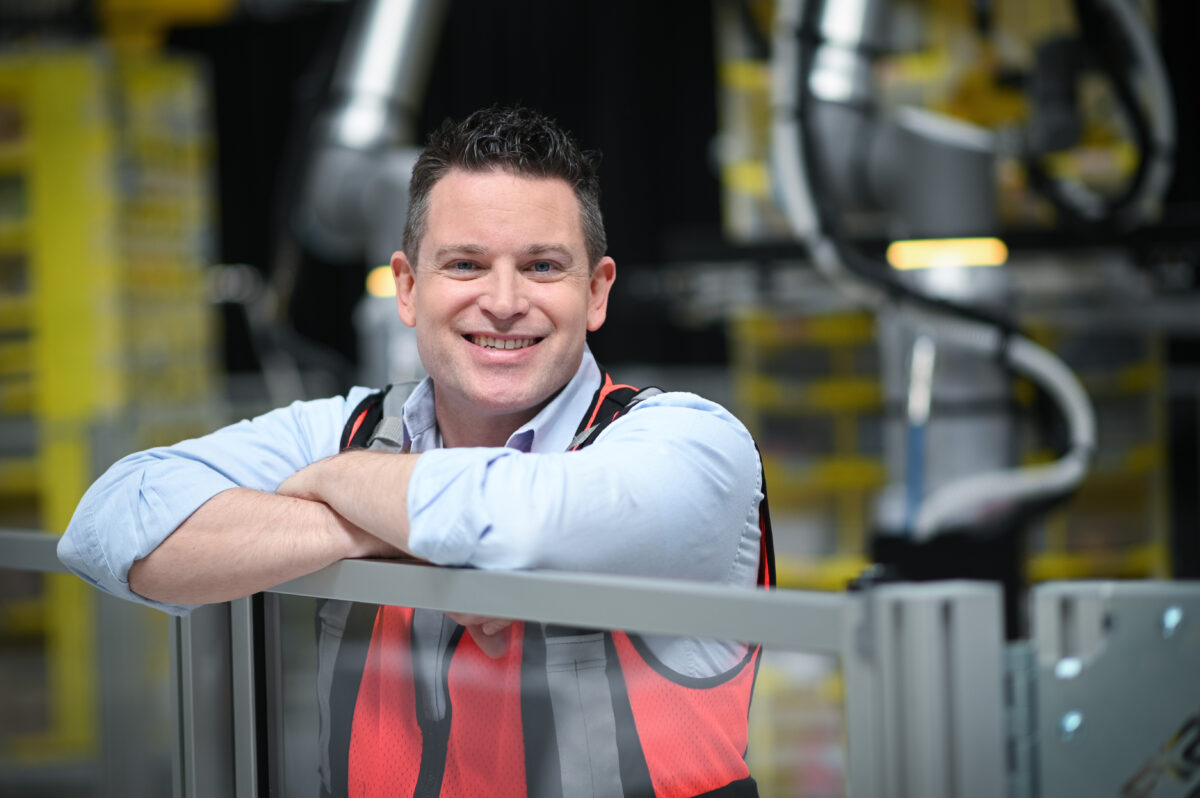How Amazon Is Championing Black Employees Through Innovations Such As Its First Robot With A Sense Of Touch

As Amazon unveils new technology, it is also proving to be a win for its employees.
Vulcan
At Amazon’s 2025 Delivering the Future event held May 6–7 in Dortmund, Germany, the company introduced the Vulcan, Amazon’s first robot with a sense of touch. Made possible by an artificial intelligence-powered sensor, it is the first of its kind and is able to use video rather than still images to monitor and control its motions, as noted by Aaron Parness, Amazon’s director of applied science in robotics and artificial intelligence.
“We’re at the golden age for robotics. AI is allowing us to develop systems that can interact with the physical world and not just the ones on our screens,” Parness said during the Main Event held at Amazon’s Last Mile Innovation Center.
Vulcan will be beneficial to its employees who are fulfilling orders for customers at the company’s facilities thanks to the robot’s ability to pick and stow away 75% of the items stored in the warehouses.
“One of the really creative aspects is the gripper our team has developed, the specialized end-of-arm tool. This unique design includes force sensors that can detect contact and monitor those forces in real time, which allows Vulcan to push items around, gently making space while manipulating and holding on to an item in his hand,” Parness mentioned. “We vary that grasp course based on the item’s attributes and use built-in conveyor belts to smoothly place that item into the bin. This hardware breakthrough is what brings Vulcan’s sense of touch to life.”

Workers Are Embracing Tech Roles
Vulcan took three years to develop in Amazon’s Seattle, WA, labs, and today the technology is operational in its fulfillment center in Spokane, WA, alongside employees. The expectation is to scale the technology across Amazon’s networks in Europe and North America. Its use has been shown to improve safety and efficiency.
Additionally, the integration of Vulcan, along with the thousands of robots that have been deployed across Amazon’s operations, is spiking employee interest in technology, leading them to transition to related roles. Amazon has already created jobs such as robotic floor monitor, liability engineer, and maintenance technician.
An independent study conducted across nine countries by the Massachusetts Institute of Technology (MIT) revealed that employees with hands-on experience with automation are more hopeful for its adoption, as noted in a press release.
The study also revealed encouraging outcomes for Black employees. Although the Black community represents just 8% of the tech industry, according to McKinsey Institute for Economic Mobility, Black and Hispanic workers without a college degree were among the most optimistic about technology’s impact on their jobs. While they were less likely than their white counterparts to be seen as champions of new technologies in their roles, this enthusiasm points to a shifting narrative, according to the MIT study. As Parness noted, these employees are increasingly excited about working with advanced tools like robotics, feeling empowered and included rather than left behind. Still, Black, white, and brown employees with college degrees were more frequently positioned as champions — actively advocating for and leading the adoption of new technologies in their workplaces.
“When we bring robotics into the fulfillment centers, our employees are actually really excited about that technology. There was some nervousness our first time going in about how it would be received, and in general, it’s very positive. They feel like they’re working at a cutting-edge tech company. They’re not being left behind,” Parness told AFROTECH™.
Learning Pathways Available
Amazon is also fostering employee optimism through Career Choice, which is an education and training benefit for hourly employees that offers skills training opportunities in fields such as health care, transportation, and technology. The program allows employees to study at their own pace while working toward an associate’s degree, bachelor’s degree, or academic certificate, according to its website. One offering includes a paid mechatronics apprenticeship.
“We have a lack of reliability and maintenance engineers,” Parness said. “[We ask] ‘Would you like to go through this program at the end of which you’re gonna have a 30% [to] 40% pay increase when you become a robotics technician?’ We really need those people. So, the fact that they’re excited and these automation programs create those new jobs, it’s like a really nice match.”




